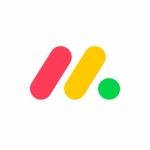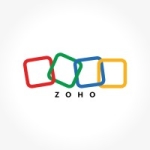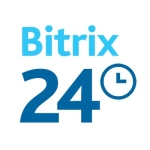I have used SAP CRM for many purposes, such as lead generation campaigns, product sales, conversion of leads, and how these leads are getting converted into real-time businesses.
The previous company I worked for was an alcohol company, they prepare spirits. Their customers are bars, large restaurants, and entertainment giants where alcoholic beverages were required.
SAP CRM is good to maintain the lead lifecycle, we have a full lifecycle. You receive an expression of interest and negotiate. Then once you negotiate, you see the economic visibility of it. You see the supply, how strategic is it, who are the competitors, and whether you have won the contract for them or not. If the contracts are being renewed, you can see the revenue you are receiving out of it every month or every quarter. SAP has that flair of ability to integrate with the different modules. For example, if you are creating a lead, you would also have the master data entry in the SAP DW or SAP planning systems. There you get to know how many caskets of liquor that you have sold last year compared to your competitors, and what portion of your marketing activity has resulted in providing revenue. You can look at your previous activities and compare them.
There are different tools we can use. For example, we have something called Anaplan. Anaplan gives you a comparison between these two systems, sales versus leads. Celonis or Alteryx could be used to find out the real-time extractions and data inputs, and provide real-time insights.
I have found the most valuable feature of the SAP CRM system is its ability to integrate with other modules. SAP CRM is all about integrating with other modules. For example, SuccessFactors is their learning management. This is one use case that SAP CRM themselves use. Their lead generation versus their sales from their educational services. You can instantly receive insight into how many leads have been generated and how much it turned into real business or revenue for them. I was told in one of the seminars that the data transfer from the lead generation to sales is only 24 hours in SAP CRM.
Previously, the SAP CRM used to use simple servers, but now SAP uses HANA. The problem with the HANA databases is their interoperability with other solutions. SAP CRM could improve by working better with other solutions.
The integration is not that easy with SAP CRM. Extractions are not very easy in SAP CRM.
I have been using SAP CRM for approximately two years.
SAP CRM system is very robust and stable. I never saw any disruption in the SAP CRM system except in the maintenance period. The maintenance period is the time when they prune the systems of unnecessary codes, extract logs, troubleshoot, or patches. Additionally, they check the load balances. At those times, you would have downtime. Otherwise, I have never seen the SAP CRM system having any issues.
SAP CRM is a scalable solution.
We have approximately 500 people using this solution.
The initial setup of SAP CRM is not straightforward, but it's worth learning.
SAP CRM is not suitable for smaller businesses because it is expensive. The larger businesses would be able to handle the cost.
I would recommend this solution to others.
I rate SAP CRM an eight out of ten.



















